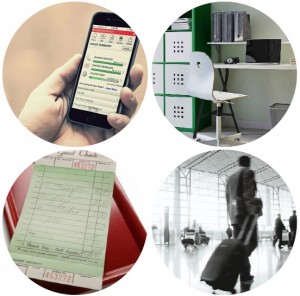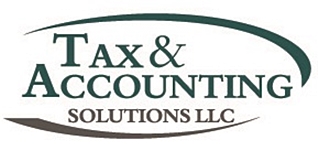 An Accountable Plan is a formal arrangement to advance, reimburse or provide allowances for business expenses. The primary advantage is that your business can deduct expenses (subject to a 50% limit for meals and entertainment) and employees can usually exclude 100% of advances or reimbursements from their income. We encourage you to implement an Accountable Plan, since it allows owners and shareholders to turn in expense reports for items such as business mileage, cell phone, travel, and home office.
An Accountable Plan is a formal arrangement to advance, reimburse or provide allowances for business expenses. The primary advantage is that your business can deduct expenses (subject to a 50% limit for meals and entertainment) and employees can usually exclude 100% of advances or reimbursements from their income. We encourage you to implement an Accountable Plan, since it allows owners and shareholders to turn in expense reports for items such as business mileage, cell phone, travel, and home office.
Certain expenses that are mixed use (personal and business) such as home office, cell phone and internet, should always be paid personally, and then reimbursed by the company on a pro-rated (business use) percentage. Anything that is 100% business use should always be paid directly by the business.
To qualify as “accountable” under IRS rules, your plan must meet the following criteria:
- It must pay expenses that would otherwise be deductible by the employee.
- Payments must be for “ordinary and necessary” business expenses such as airfare and lodging charges.
- Employees must substantiate these expenses — including amounts, times and places — on a regular, ongoing basis.
- Employees must return any advances or allowances they can’t substantiate within a reasonable time, typically 120 days.
If you fail to meet these conditions, the IRS will treat your plan as non-accountable, and all reimbursements will be considered taxable income, subject to both income and employment taxes. Although the expenses are potentially deductible by an employee on Form 2106, they will be subject to itemized deduction and income thresholds, and even Alternative Minimum Tax (AMT) limits.
The easiest way to process an Accountable Plan is to submit your expense report at the end of each month (or quarter). Basically, you are re-classifying owner or shareholder distributions as employee reimbursements. Here’s an example: imagine you took out $12,000 over the quarter as distributions. You fill out your Accountable Plan Reimbursement Report and realize that the company owes you $4,000. We make an entry in your books to reflect reimbursement of $4,000 (non-taxable) and re-class your distributions to only $8,000 (taxable).
Please note, your home office will qualify as your principal place of business only if you use it regularly and exclusively for administrative activities and you have no other fixed location where you conduct substantial administrative activities. For example, you cannot claim a home office deduction if you only occasionally work from home, but otherwise have an office at the Company’s place of business.
The main disadvantage of an Accountable Plan is that it can take time to establish and requires meticulous record keeping. But the advantages often outweigh any initial inconvenience – it’s a great way to pull money out of the business and to reduce the amount of taxes paid. We recommend taking a look at expense tracking apps for smart phones and tablets that can help you to automate and simplify the record-keeping burden. Another advantage to you is that a properly-structured and implemented Accountable Plan helps to reduce the ambiguity of expense reimbursements and the threat of possible reclassification by the IRS.
We are happy to assist in establishing an Accountable Plan for your business. Please let us know if you have any questions or concerns.

